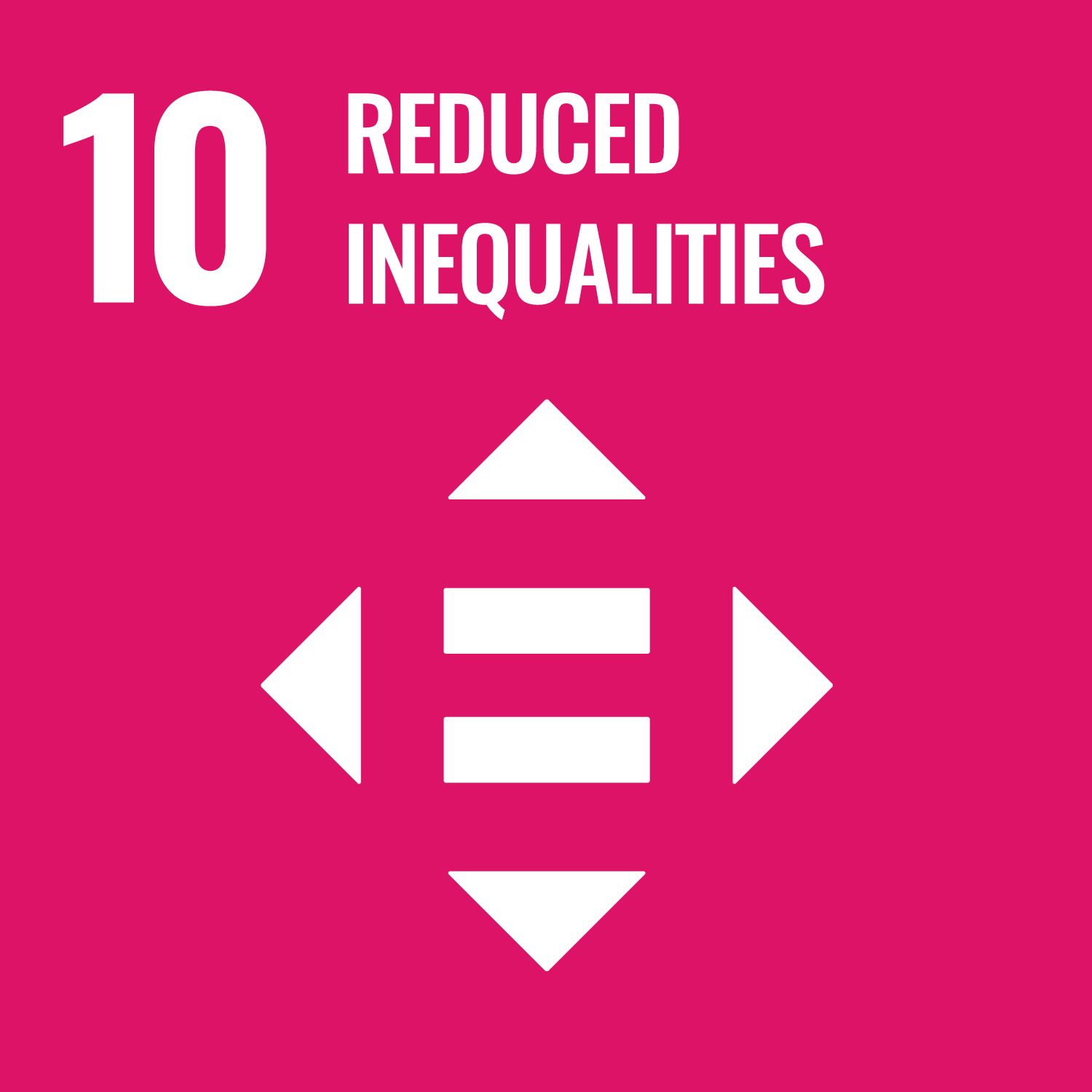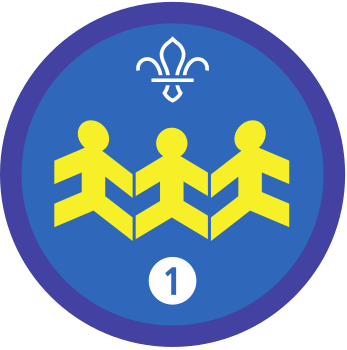
Unspoken rules
You’ll need
- Equipment for your chosen game
Before you begin
- Use the safety checklist to help you plan and risk assess your activity. Additional help to carry out your risk assessment, including examples can be found here. Don’t forget to make sure all young people and adults involved in the activity know how to take part safely.
- Make sure you’ll have enough adult helpers. You may need some parents and carers to help if you’re short on helpers.
Please note: Though this activity’s partnered with the National Autistic Society, the theme is Understanding Disability. Therefore, this activity isn’t necessarily linked to autism. This activity is about learning about the challenges disabled people face when activities and games, as well as wider society, isn't accessible to everyone.
Preparing to play the game
- Come up with an idea for a new game that the group will not have seen before. This could be a card game, such as a circle game your group hasn't played before, a new version of ‘Snap’, a sporty game with different rules, or a word game that you have made up.
- Take a few members of the group aside and have them complete a short task somewhere where they can't hear or see the new activity being explained. Make sure adult ratios and the Young People First (Yellow card) guidelines are adhered to.
Run the activity
- Now, get the rest of the group together in a space and explain the rules of a new game to them.
- Make sure that everyone in this room understands all of the rules and is ready to play. You could have a quick practice.
- Everyone in this room should start to play the game. Once the game has started, bring the members of the group who didn't hear the rules into the room to join in the game.
- Everyone who doesn’t know the rules should try to join in with the game.
- These members of the group shouldn't be told any of the rules of the game at any time. Should the newcomers break any rules, they should be told that they have done so, but not how. That person should try to work this out for themselves.
- After the game has run its course, the person leading the activity should declare a winner.
- After the game has finished, the rules can now be explained to those in the group who didn’t know them.
- Ask the newcomers what they did to try and work out how to play. How did it feel to be left out of the first part of the activity?
- Ask the people who knew the rules if they tried to show the newcomers what the rules were without explicitly saying them. Were there any effective ways of communicating?
- The person leading the activity should explain that some people with hidden disabilities, such as autism, find it difficult to remember or understand common rules, such as staying quiet in a library.
- Ask the group what other ways they can think of to show people an unspoken rule or how to do something, such as using visual supports or allowing time for instructions and information to be processed (it’s useful to give six seconds before saying anything else).
- The group should split into small teams.
- Each team should come up with a common game or activity of their own that can be demonstrated without words, such as Duck, Duck, Goose.
- Using facial expressions, gestures and actions, each team must show the rest of the group how to play their game.
- Anyone who guesses the rules of the game should join in, until the entire group is playing.

This activity helps contribute towards some of the UN's Sustainable Development Goals. Find out more about the SDGs, and how Scouts across the world are getting involved.


Reflection
The group has played a game where some people did not know the rules. What did the newcomers do to try and work out how to play? How did it feel to be left out of the first part of the activity?
Everyone else in the group knew the rules, but had to play with some people who did not. Did they want to explain the rules to the newcomers to help them? How did they show what the rules were without explicitly saying them? What were the most effective ways of communicating and where else could these be used?
Safety
All activities must be safely managed. You must complete a thorough risk assessment and take appropriate steps to reduce risk. Use the safety checklist to help you plan and risk assess your activity. Always get approval for the activity, and have suitable supervision and an InTouch process.
To make it harder, you could increase the number of people who don’t know the rules before you start playing. Remember to check how many players who know the rules you actually need to play the game.
When someone who doesn’t know how to play is struggling, you should give them clues so they can work out what to do next.
If members of the group find it difficult to demonstrate the rules of a game without saying them, consider trying a different kind of game or informing more players of the rules.
All Scout activities should be inclusive and accessible.
Young people from all backgrounds can often communicate with one another instinctively. The person leading the activity should be patient and let the group try to show one another the rules before intervening.
